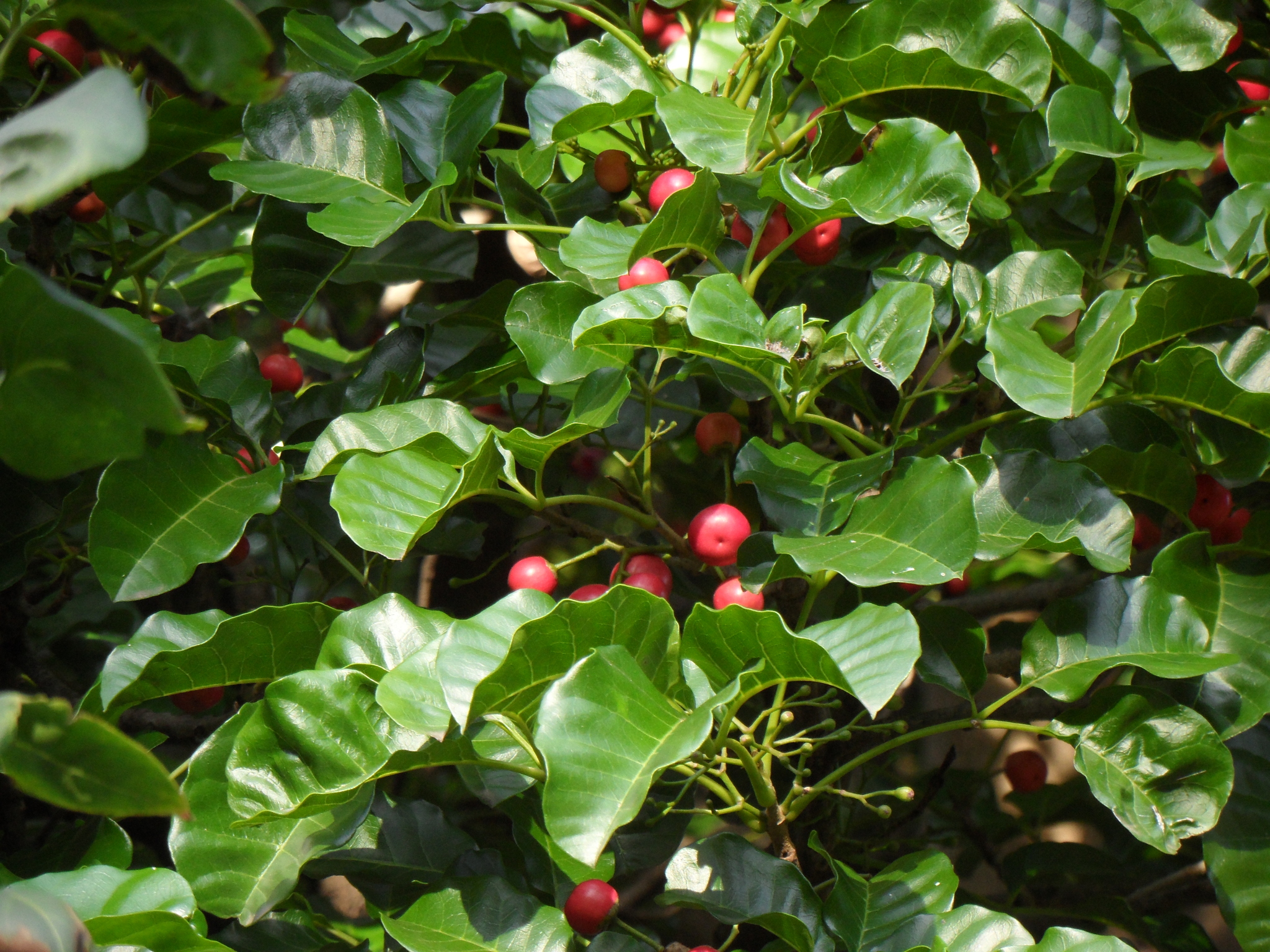
Derived from the classical Latin name for Vitex agnus-castus.
Shrubs or trees. Leaves opposite, mostly palmate with 3-5 (occasionally 2 or 1) leaflets, sometimes stalked. Flower clusters terminal or axillary, generally branched and stalked. Flowers irregular, small. Calyx a 5-toothed tube, persistent on the fruit. Petals of 5 lobes and 2-lipped, the upper lip 2-lobed. Stamens 4, protruding from the flower tube. Ovary of 4 chambers. Fruit a succulent drupe.
Grown mostly for the attractive foliage; flowers sometimes scented. V. rotundifolia L. f., a prostrate spring shrub from WA, the NT, Qld and Asia, is occasionally grown in warmer districts. [V. ovata Thunb.]
Mostly by softwood cuttings.
Some species used as a source of timber and/or the leaves used for tanning.
Leaves of 3-5 palmately arranged leaflets.
About 250 species from tropical and temperate regions. Australia has 8 species.
Munir (1987).
Source: (2002). Verbenaceae. In: . Horticultural Flora of South-eastern Australia. Volume 4. Flowering plants. Dicotyledons. Part 3. The identification of garden and cultivated plants. University of New South Wales Press.
